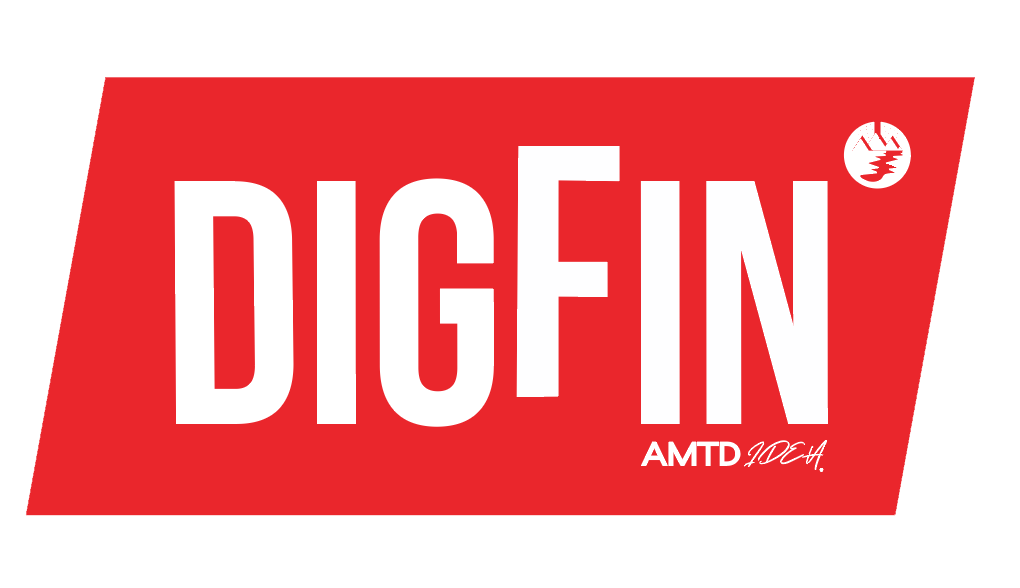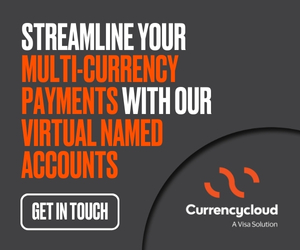In May, Citi announced its first major blockchain-related project, in conjunction with Nasdaq. The banker leading that initiative, Morgan McKenney, has since relocated to Hong Kong, where she is spearheading new tech initiatives in cash management.
“Blockchain is not a fad,” she told DigFin. “It has interesting properties that financial service providers need to assess. It reduces the need for intermediaries, so as an intermediary, it’s best we understand it.”
McKenney says the bank has three priorities when it comes to blockchain and digital assets: payments, trade, and state-backed digital currency. She leads these initiatives in Asia Pacific.
But for actual implementation, the bank hasn’t established major projects beyond the one with Nasdaq. The next most compelling business case involves real-time payments, but while blockchain can play a role, a lot of the advancement is about piggybacking on national initiatives to improve payments and clearing.
First taste
McKenney is managing director and head of core cash management for Asia Pacific. She is also head of Citi Innovation Lab in Singapore. She has previously served the bank as CFO for transaction banking in New York, before moving to London, first as CEO for transaction services in Europe, the Middle East and Africa, and then as global COO for cash and trade.
Bitcoin emerged at that time, and she was curious about whether blockchain could be applied to improve cross-border payments. That sparked the bank’s involvement in an ongoing blockchain project with Nasdaq. Citi’s ventures arm has a stake in Chain, a blockchain infrastructure developer, which had teamed up with Nasdaq in 2015 to enable transactions on its private market, Linq.
Although Linq could use blockchain for trading, digital signatures and other aspects of a private transaction, payments remained manual and therefore operationally intensive.
Citi got directly involved in October 2016 and built APIs (applied programming interfaces, which get different software programs to talk) to enable Linq members to cash in and cash out of the blockchain.
Blockchain bridge
The nature of a private market is that the assets are less liquid and more difficult to identify and transfer. Distributed ledgers, with their time stamps and audit trails, make identifying and transacting assets a more transparent and efficient process. Illiquid assets can now be exchanged point-to-point, rather than via a third party. But sellers want dollars, not bitcoin, for their assets.
Citi’s role is to connect this private-market securities exchange process to the moving of cash on and off the chain. “We automatically reconcile incoming funds from buyers and post it digitally on a sub-ledger,” McKenney said. “We’ve integrated traditional financial capabilities with someone else’s blockchain to help enable transfers of assets.”
The Linq project is still in pilot stage. By the end of this year, Nasdaq will decide whether to expand DLT to other parts of its business, including public markets.
Citi is looking to apply elsewhere the APIs developed to communicate between its cross-border payments system and Linq’s blockchain.
Trade roadblocks
Citi processes over $3 trillion of payments a day, much of this supporting international trade. But it does not want to apply blockchain to the entire spectrum. For high-value payments using correspondent banking, Citi prefers to support SWIFT’s Global Payments Initiative (gpi), the consortium’s response to DLT-driven challengers.
In correspondent banking, McKenney says helping SWIFT improve its legacy systems is more practical than trying to shift everything to DLT. It is very difficult enough to get tens of thousands of banks to agree on updates within SWIFT’s environment, let alone agree to a wholesale change in utilities. Moreover, she argues, SWIFT gpi will provide most of the benefits of a blockchain anyway, by targeting same-day settlement, tracking money and making fees transparent.
McKenney argues that disrupters’ proposals create regulatory uncertainty, fears over security, and the present banks with the difficulty of integrating DLT into their legacy systems. There’s also a dearth of programmers versed in blockchain to do all that work among banks, she says.
The same is true of blockchain projects aimed at large-scale trade and supply-chain finance. “There’s a lot of focus [among blockchain developers] on trade because it seems relevant, but you first need a minimum viable ecosystem,” McKenney said. “There are so many players that blockchain for trade finance is hard to implement.”
The here and now
Citi is putting innovation efforts instead behind real-time payments.
Blockchain can enable real-time, peer-to-peer transactions. At the same time, however, many countries are launching (non-blockchain) infrastructure to allow faster payments clearing systems. These include Australia, India, Hong Kong, Malaysia and Thailand.
Citi is working with a vendor (McKenney declined to name) to connect the bank’s data and payment channels with these faster payments infrastructures.
“We’re changing our systems to enable that,” McKenney said.
The emphasis on faster payments is intended to extend the bank’s reach. Today it deals with corporate customers that traditionally have B2B flows. But real-time infrastructure has the potential to enable collections via anyone with a bank account. More efficient infrastructure allows for more clearing of B2C payments and collections, which implies a greater volume of lower-value transactions.
Improved infrastructure can also allow Citi’s non-bank institutional clients to make instant loans or engage with companies in real time for optimize how they manage their working capital.
State currency
As governments in Asia introduce faster payment systems, these are often tied with national projects for digital identities, such as India’s Aadhar system. This could add hundreds of millions of new companies to Citi’s client roster, and let the bank take advantage of Asia’s rising consumerist middle class.
Some of these initiatives will involve blockchain. But the bank has made clear it doesn’t want to equate blockchain with crypto-currencies.
Over the long run, Citi expects governments to develop their own digital currencies. McKenney expects this is the only way to embed digital assets in the economy.
“For commercial adoption, you need a currency issued by governments,” she said. Security and fear of hacks is a major barrier to merchant adoption of crypto-currencies, as is volatility and lack of custody infrastructure.




















